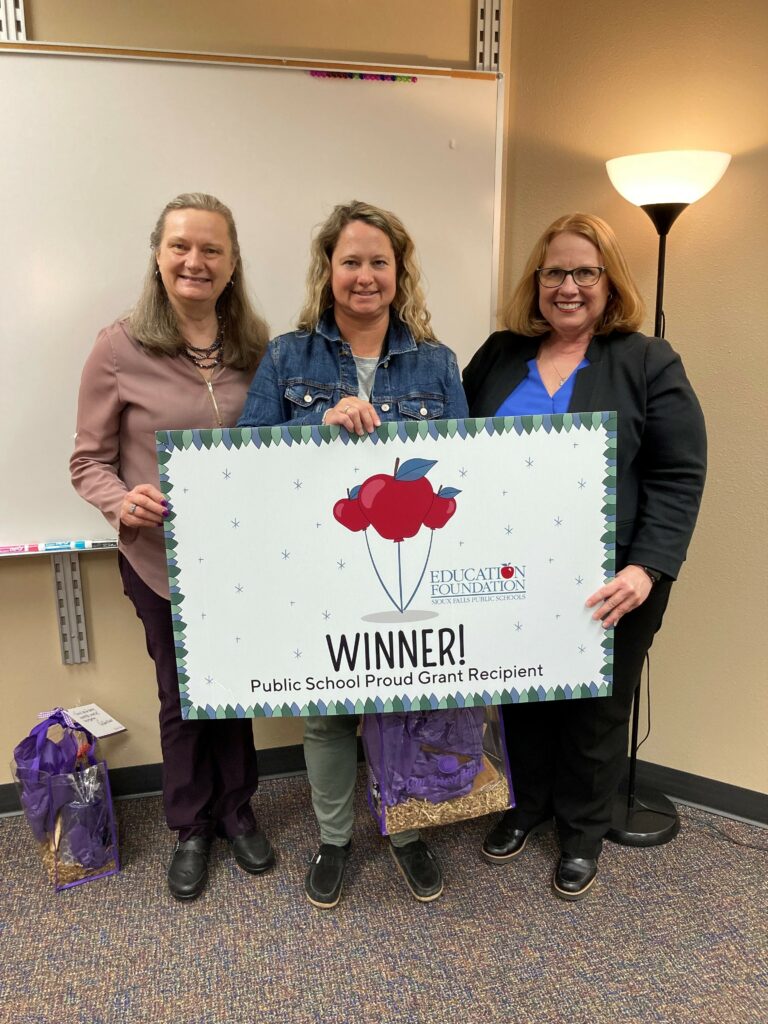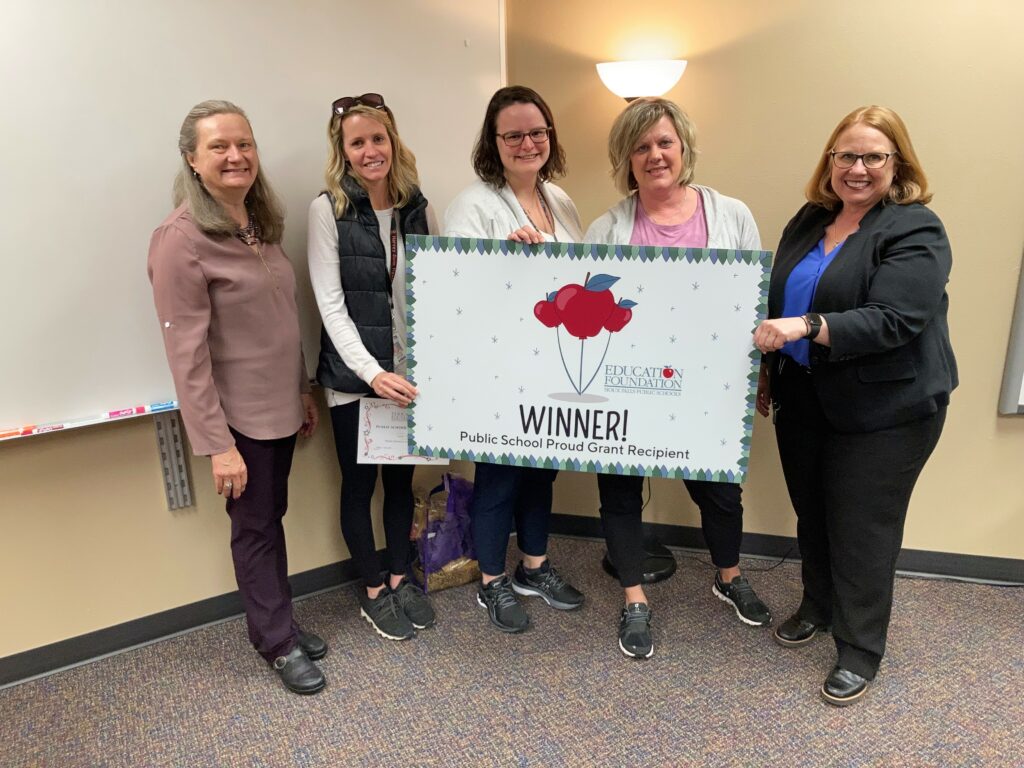Rhonda Wilson received $1,255.04 for her grant, “Come Play in Junior K!” She will use funds to purchase step and balance stones, activity balls, bean bags, wrist ribbons, the knock down number challenge game, a play tunnel, and a swing and catch cup set. These activities will help Rhonda incorporate gross and fine motor play into her students’ day. In the proposal, she wrote, “Skills that are challenging for my students are often less stimulating for them, but when I can provide colorful and exciting new ways to explore their environment, it now becomes motivating! These items will get my students moving during the day and will be used for stations in the multipurpose room. Many of the items will also be used inside the classroom and hallway when we stay indoors for recess due to the weather, but we still need to move around and take brain breaks. I can utilize the equipment in a fun way to make movement more enjoyable. With these tools, I can expose students to new skills in a fun and engaging way that also keeps them active in the classroom.”

Meredith Stevens, Haley Beckstrand, and Leah Ohme received the second Public School Proud Grant at Harvey Dunn. They will use $1,737.18 to purchase multi-sensory learning tools for 75 special education students. In the application, they wrote, “Research has shown that hands on learning opportunities are essential for long-term skill retention. This is especially true for students with disabilities as they are learning how to read. Through the addition of well-chosen, multi-sensory learning tools, students will be able to engage in reading lessons that activate three senses (sight, hearing, and touch), which will help increase success with sight word recognition and spelling pattern recall. These materials will provide students with multi-sensory reading skills practice and integration. In turn, students will be able to improve skill deficits more quickly, while boosting their confidence in all academic areas. Research has shown that students below grade level in reading at the end of third grade have significant challenges in subsequent grades academically, emotionally, and socially. Our hope is to reduce these challenges for the students by multi-sensory tools integration.”

